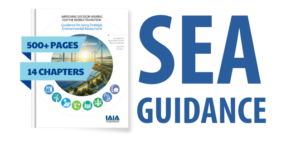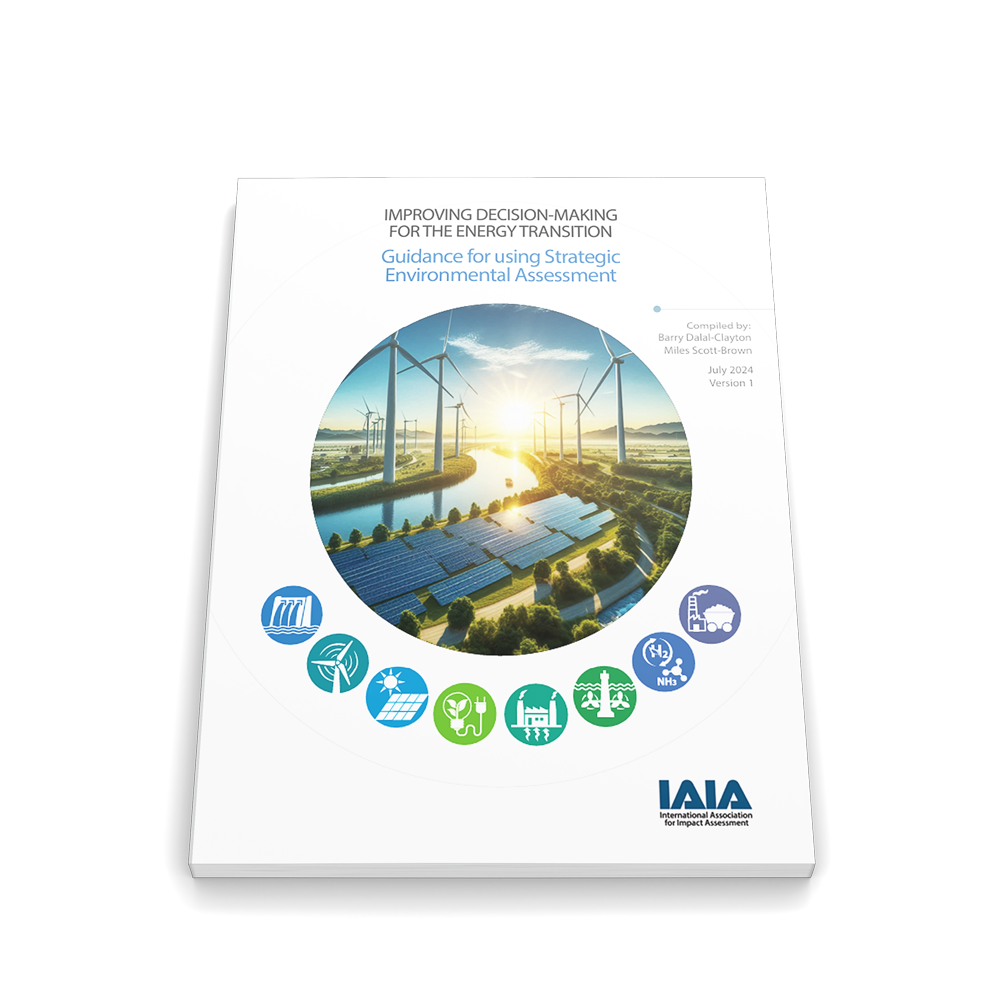Improving decision-making for the energy transition: Guidance for using strategic environmental assessment
VERSION 1

How can Strategic Environmental Assessment (SEA) support a successful shift away from fossil fuels? What key factors should be considered when applying SEA to renewable energy projects?
Improving Decision-Making for the Energy Transition: Guidance for Using Strategic Environmental Assessment (or SEA Guidance for short) is an open-access resource to help planners and decision-makers understand and address environmental and social risks in the energy transition. It also offers strategies to avoid or mitigate these risks, ensuring a fair, just, and sustainable shift to clean energy.
The guidance provides practical advice, tools, and real-world case studies to help professionals make informed choices. It covers:
- Essentials of SEA, including its origins, theory, legal foundation, key steps, methods, and tools.
- Key issues for specific renewable energy options.
- Retirement of coal-fired power plants and closure of associated coal mines.
- Specific advice for policy and project planners.
- Involvement of key stakeholders throughout the SEA process.
- Guidance for institutions and other infrastructure considerations.
About the SEA Guidance document
IAIA partnered with international experts in many disciplines and major multi-lateral development organizations to develop the SEA Guidance. This document is a practical guide on how SEA can and must be applied to the global shift to renewables. It is framed in sections as follows.
Preliminaries
This section describes the structure of the SEA Guidance and how to use it. It also provides background information on its contributors, origins, and importance.
Part A: The why, what and how of SEA
These chapters provide expert advice and information common to all SEAs in the renewable energy sector. They will be particularly useful for practitioners with limited SEA experience.
- Chapter 1: A background to SEA, its benefits, objectives, costs, and how it differs from other forms of impact assessment
- Chapter 2: The key stages and tasks in the SEA process and methodologies
- Chapter 3: The legal requirements and commitments for applying SEA
Part B: Applying SEA to specific energy sectors
Chapter 4 discusses how to apply SEA to overall energy planning. The other chapters cover specific renewable energy sub-sectors to: present the benefits of applying SEA; identify key environmental and social issues to consider; list best practices for planning and implementation; identify specific technologies and their unique considerations; include case studies or examples of successful SEA application; consider infrastructure needs; and give decision makers practical steps to implement these technologies successfully.
- Chapter 4: How to apply SEA in energy planning at national and sub-national levels—from theory to application
- Chapter 5: Hydropower
- Chapter 6: Wind power
- Chapter 7: Solar power
- Chapter 8: Bioenergy
- Chapter 9: Geothermal power
- Chapter 10: Tidal power
- Chapter 11: Green hydrogen and ammonia
- Chapter 12: Retirement of coal-fired power stations and associated mine closures
- Chapter 13: Infrastructure for renewable energy
- Chapter 14: Guidance for institutions
Annexes
Each of the 36 annexes provides additional information and details pertinent to SEA, including Annex 19 which defines the technical terms used throughout the guidance.






